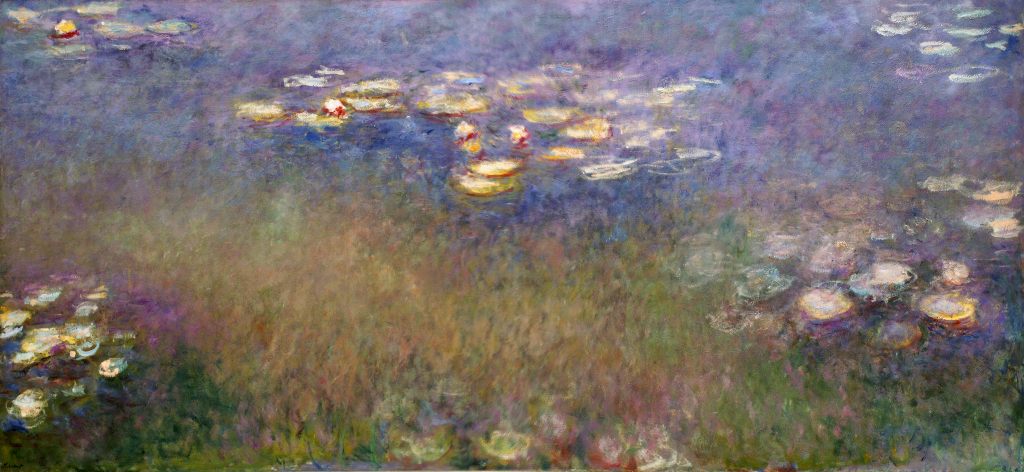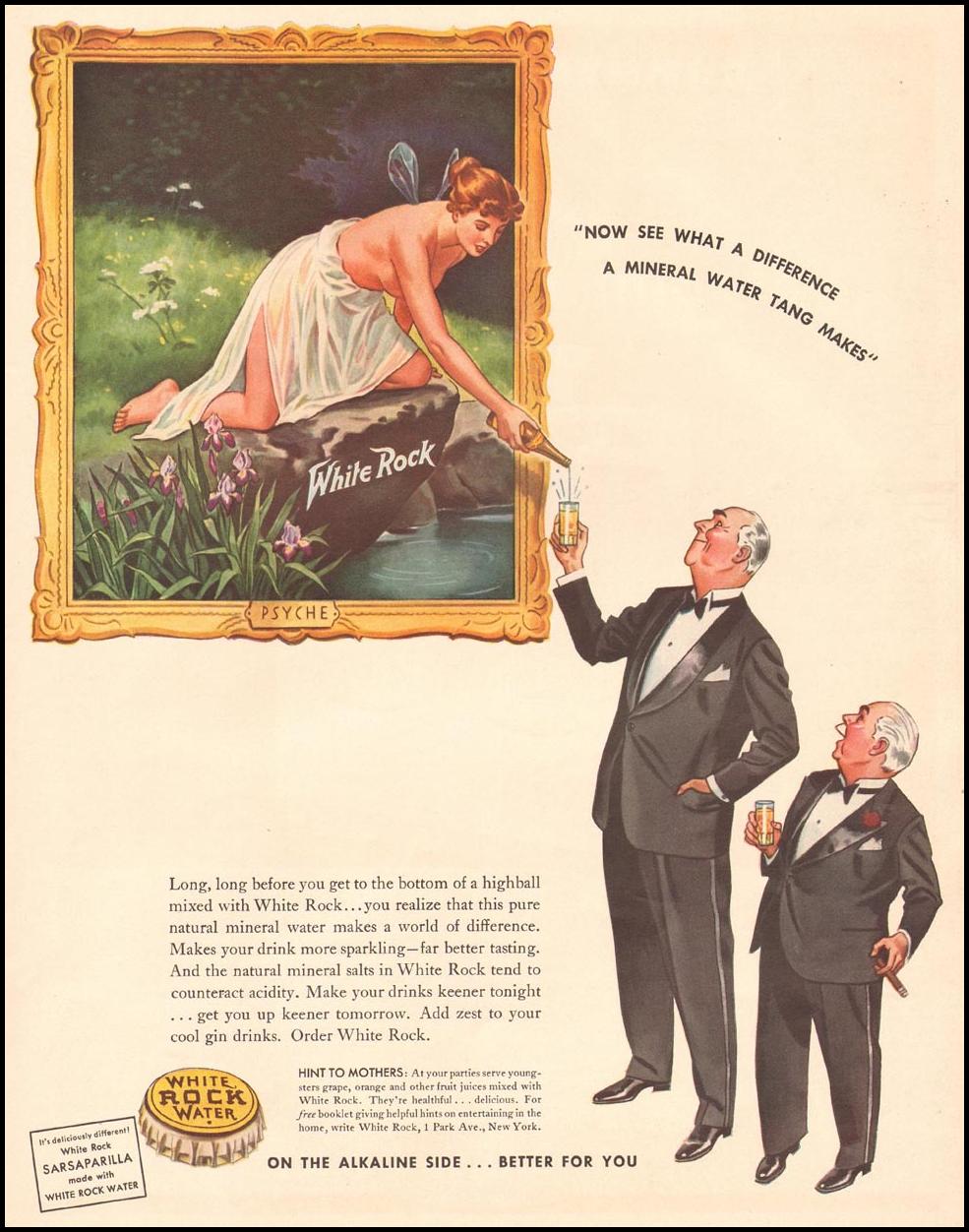.
Surely I dreamt today, or did I see
The winged Psyche with awaken'd eyes?
The winged Psyche with awaken'd eyes?
John Keats: from Ode to Psyche, 1819
Gora Piezczana Nature Reserve, Poland: photo by Yarl, 2009
Psyche’s clear lake riverhood shining looking glass cold
Mirrored my life back up to me from the depths of that hollow bowl
TC: from Fractured Karma, 1990
Twilight, Lago Nahuel Huapi, Neuquén, Argentine Patagonia: photo by Cristina Bozzoli, 2007
And at the core of every anima fascination is the irresistible beauty of that most beautiful of all created forms, Psyche. Erotic desire, as the Platonic Socrates makes clear, is always toward the beautiful: "To love is to bring forth upon the beautiful, both in body and in soul" (Symposium 206B). That which attracts us most of all, more than even the Goddess of Beauty, Aphrodite, is the mortal Psyche, the mortal human psyche.... In a man's dreams the anima is often the image for neuro-vegetative symptoms and emotional lability; that is, she represents the semisomatic events which are not yet psychic experiences, which have not yet undergone enough psychization. In these dreams she is closed off, under water, "unable to come out"; or she is as magical and incomprehensible as the symptoms themselves... sometimes she is drowned... -- in need of care...
James Hillman: from On Psychological Creativity, in The Myth of Analysis: Three Essays in Archetypal Psychology, 1972

Nymphéas (Water Lilies): Claude Monet, 1919; image by Timothy K Hamilton, 11 January 2006 (St. Louis Art Museum)
One hot July night a young city couple, having driven out and
parked on the shore of White Rock Lake, switched on the headlights of
the car and saw a white figure approaching. As the figure came straight
to the driver's window, they saw it was a young girl dressed in a sheer
white dress that was dripping wet. She spoke in a somewhat faltering
voice.
I'm sorry to intrude, and I would not under any other
circumstances, but I must find a way home immediately. I was in a boat
that overturned. The others are safe. But I must get home.
She climbed into the rumble seat, saying that she did not wish to
get the young lady wet, and gave them an address in Oak Cliff, on the
opposite side of Dallas. The young couple felt an uneasiness concerning
their strange passenger, and as they neared the destination the girl, to
avoid hunting the address, turned to the rumble seat to ask directions.
The rumble seat was empty, but still wet.
After a brief, futile search for the girl in white, the couple
went to the address she had given and were met at the door by a man
whose face showed lines of worry. When he had heard the couple's story,
the man replied in a troubled voice. "This is a very strange thing. You
are the third couple who has come to me with this story. Three weeks
ago, while sailing on White Rock Lake, my daughter was drowned."
Anne Clark: The Ghost of White Rock, from Backwoods to Border, Texas Folklore Society, 1943

Glycines (Wisteria): Claude Monet, 1917/1920; image by mariuszj8, 2011 (Musée Marmottan, Paris)
One night about ten years ago a beautiful blonde girl ghost appeared on a road near Dallas' White Rock Lake.
Mr. and Mrs. Guy Malloy, directors for display for the
world-famous specialty store, Neiman-Marcus, saw the girl. Only they
didn't recognize her, right off, for a ghost. She had walked up from the
beach. And she stood there in the headlights of the slow-moving Malloy
car. Mrs. Malloy said, "Stop, Guy. That girl seems in trouble. She must
have fallen in the lake. Her dress is wet. Yet you can tell that it is a
very fine dress. She certainly got it at the Store."
By "the Store," Mrs. Malloy meant the Neiman-Marcus Company of Dallas.
The girl spoke in a friendly, cultured contralto to the couple
after the car had stopped. She said she'd like to be taken to an address
on Gaston Avenue in the nearby Lakewood section. It was an emergency
she said. She didn't explain what had happened to her, and the Malloys
were too polite to ask. She had long hair, which was beginning to dry in
the night breeze. And Mrs. Malloy was now sure that this girl was
wearing a Neiman-Marcus dress. She was very gracious as she slipped by
Mrs. Malloy and got in the back seat of the two-door sedan.
When the car started, Mrs. Malloy turned to converse with the
passenger in the Neiman-Marcus gown. The girl had vanished. There was a
damp spot on the back seat.
The Malloys went to the address on Gaston Avenue. A middle-aged
man answered the door. Yes, he had a daughter with long blonde hair who
wore nothing but Neiman-Marcus clothes. She had been drowned about two
years before when she fell off a pier at White Rock Lake.
The point of this story -- for our purposes -- is not that Mr. and
Mrs. Guy Malloy, a hard-working, sober, no-nonsense couple, say very
firmly that they saw a ghost. Other folks say they have seen the
beautiful girl ghost of White Rock. The point of this story is that she
was a very well-dressed ghost. And Mrs. Malloy at once identified her as
wearing Neiman-Marcus clothes.
Frank X. Tolbert: from Neiman-Marcus, Texas: The Story of the Proud Dallas Store, 1953

James Bowen and his wife Julia, sailing on White Rock Lake in the summer of 1940. Mr. Bowen was an avid member of the Corinthian Sailing Club in the late 1930’s and early 1940’s. He designed and built several fast and beautiful sailboats in the garage of his home located on Ross Avenue in Dallas, Texas. He built the boats specifically for club sponsored racing events on White Rock Lake: photographer unknown, 9 August 1940; photo courtesy of Julia Bowen; image by Decodence, 13 September 2011

Nymphéas (Water Lilies): Claude Monet, 1914/1917; image by Claude Desjardin, 24 November 2010
Lilly Lake (Colorado): photo by Trojan, 2004

Mallard, White Rock Lake, Dallas, Texas: photo by Dodge Rock, 23 April 2012






9 comments:
Tom,
"Surely I dreamt today, or did I see. . ." What a set scenes you've put together -- the photos, the girls who drowned in White Rock Lake, Monet's Wisteria, Nymphéas. . .
4.30
light coming into fog against invisible
ridge, song sparrow calling from branch
in foreground, sound of wave in channel
action on the side of, took
part at the same time
turn, the opposite of watch,
variations on a theme
first silver of sun rising above ridge,
shadowed green pine on tip of sandspit
It's a lot of emotions and thoughts the way all of this (including Steve's poem) works together and displaces everything else that had been on my mind. Since I was trying to get down to work on more mundane matters, this should teach me a lesson (but will not because Psyche and these words and stories are still in my head). I always loved the White Rock girl. Curtis
Oh my God--what an amazing story, series of painting, photos, lines of poetry . . . Really transcendent.
The ghost stories of the drowned are the best. Funny thought, but true. The dead come back and walk beaches or roads for years after, looking back at us with the glassy eyes of the dead--always wearing their dated and wet clothes.
Tom, thanks for your wonderful post. So thrilling to see mentioned after so many years Ross and Gaston and Oak Cliff--streets and neighborhoods I grew up in. White Rock Lake was quite close by, and seemed to haunt many of us as a teenager in the early 80s with mysterious stories of ghosts. There was even rumor of a coven of witches in the area. Coincidentally, I've been reading Larry McMurtry's fine early essay from the 60s In a Narrow Grave about Texas and Texas cities. The presence of the ghost of psyche makes sense in that place at that time in the 1930s and 40s when so many of farm folk would have been migrating to Big D, their world disoriented by financial gain, and the inevitable loss of pastoral ways. Anyway, thanks for this....
Tom, That’s a beautiful and evocative picture of Lago Nahuel Huapi. In the Sixties I made the cruzado transandino from Puerto Varas, Chile to Bariloche, Argentina. It was wintertime and the conveyances were modest: a tiny, old school bus for the overland passages, and small open launches for navigating Lake Todos los Santos and then Nahuel Huapi. Utility before comfort. This was transport, not tourism. There were maybe six people and I was the only norteamericano. We spent the first night at a rustic lodge on an island in the middle of Todos los Santos. To this day, the experience of “irresistible beauty” that Hillman notes—several days and a night of natural grandeur, of lakes that were “shining looking glass cold”—works its magic on my psyche (which I understand as the mind/body complex). I have pictures somewhere, if they haven’t disappeared into The Great Churning.
I love these intimate and local knowledges.
My own personal memory interface with the White Rock Girl comes floating across the time interval canyons courtesy of my uncle Harry the war hero. Well, he wasn't really my uncle, he had merely married one of my father's sisters, the flapper, who was vivacious and tough and fast and had done the Charleston on stage. Also he wasn't exactly a war hero. The facts about that were these: he had no sooner immigrated from Italy then he was sent back the other way to serve with the American Expeditionary Force on the Western Front, where, amid one of the senseless bewildering back-and-forth offensives, he was gassed, causing terrible lung damage that required a year of hospitalization back in the US. He did not miss the opportunity to hit the books, took a law degree, became a partner in a firm on the stock exchange. When he became a partner he and my aunt moved out of the small house they'd had and into a lakeshore apartment with a view over the yacht harbour. We were given their vacated small house. In the transitional period while their unique home décor remained in place, it was possible, surreptitiously when mother wasn't aware, to pull the small chain that triggered the electrical switch on the mechanism mounted discreetly atop the basement bar and enjoy the ingenious glass light-box animated image of the White Rock Girl, in her scanty little faery costume, leaning pertly forward from her rock -- and, when the switch was pulled, peeing in a bright gliding golden arc into the water. Uncle Harry's sense of humour ran to that sort of thing. James Hillman of course would have understood.
By the by, in case anybody cares (?), Psyche the White Rock Girl, the sketchily clad sprite on the label of the bottle of mineral water, began her "life" as a bad painting done by the German artist Paul Thumann for the Chicago Columbian Exposition of 1893. Hanging there, her "natural purity and thoughtfulness" (!!) caught the eye of the mineral water entrepreneurs, and they bought her up as their trademark. She went through various sea-changes over the years. In 1924 she was modernized and made to look suspiciously like a hair-net ad of the period -- a sort of "American Marcel" look.
In the ad atop this post we see her in her "classic" period.
In 1944 the company changed hands and new White Rock President H.I. Peffer hired artist Charles Kingham to induce the ever easy to influence Psyche to step down from her bottle to appear in ads, demure but still derobed, dispensing helpful little clichés to partygoers about drinking. In one magazine ad of that epoch, for instance, we see Psyche at the kitchen drinks table serving up a highball to a handsome husband in evening dress -- while suspicious wife glares from just round the corner, "What are you two up to?" In this phase, 1945-1947, not coincidentally the sexiest phase in the history of American magazine advertising, sales of White Rock's whole line of bottled goods jumped 37%. By 1947 H.I. Peffer was pouring half a million bucks a year into Psyche. But I don't see any pockets in her flimsy little get-up, so do you suppose the poor girl was hiding her share of the earnings under a water-lily?
This revamped 1945-1947 Psyche was shaped by ad agency execs, who wanted her smoother, slimmer, neater, more refined. They made these suggestions: lift head, for a more sprite-like look; clean up the hair-do; give the facial features a little more sharpness, make the waist slimmer, make the breasts "less earthy", pull the fanny in; make the draperies more transparent; and render the spreading ripple-rings in the pool beneath the rock with more contrast (in my uncle Harry's White Rock Girl light-box, the ripple-rings lit up wonderfully when she did her little incontinent tinkle-thing).
In the relatively repressive cultural era that soon followed, the company decided it was best to put a few more clothes on her. And Americans were bigging up all over on the postwar superfluity of food intake. She gained three inches in height, two inches in bust, waist and thighs, three inches in the hips. But in that engrossment, it seems, she was not alone.
Emily Vermeule’s hugely informative and highly readable Aspects of Death in Early Greek Art and Poetry (University of California Press, 1979) has this to say—among many other things—about the psyche: "When the psyche was corporeally conceived, it was a miniature replica of the individual, endowed with wings to account for its swift daimonic flight, retaining some powers of memory and emotion. The psyche often flutters near the head from which it extracts it future qualities, or perches upon it ……..weeping and protesting with formal mourning gesture………. This psyche naturally cannot be disembodied in art, and is not really impalpable or witless in poetry either. The feeling that it is 'like shadow and dream' is persistent, but 'the thoughtless dead,' is a phrase more of rhetorical despair than of general community belief.” (p. 9).
Another great post, Tom.
Vassilis,
John Keats, whose own belatedness (derivativeness) was always a sensitive issue for him, found it touching that Psyche was a late entry to the Pantheon, having got in only latterly, by way of Apuleius. And though much was made of her by the Romantic period neo-Platonists, Thomas Taylor, Peacock, Godwin, et al., I think the corporeal (mortal) aspect, as Hillman suggests, inevitably became the source of much of her attraction; the idea, that is, as Emily Vermeule, in your extremely apt citation, puts it, that she was human; and could not "be disembodied in art" -- because, of course, art works cannot be disembodied. They exist not in the spiritual but in the physical world. The American advertising uses, idealizations, phantasms & c. tend to reinforce this truth by cheapening it. Closer to the original, perhaps, was the Renaissance representation of her as an actual woman, by Raffaello.
Post a Comment